Refine listing
Actions for selected content:
2251 results in Cambridge Elements
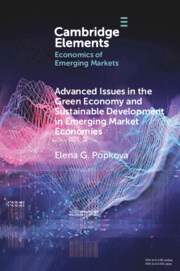
Advanced Issues in the Green Economy and Sustainable Development in Emerging Market Economies
-
- Published online:
- 28 March 2022
- Print publication:
- 21 April 2022
-
- Element
- Export citation
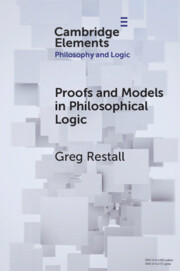
Proofs and Models in Philosophical Logic
-
- Published online:
- 25 March 2022
- Print publication:
- 21 April 2022
-
- Element
- Export citation
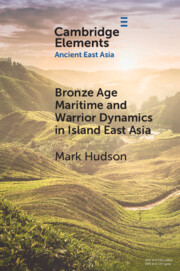
Bronze Age Maritime and Warrior Dynamics in Island East Asia
-
- Published online:
- 25 March 2022
- Print publication:
- 07 July 2022
-
- Element
-
- You have access
- Open access
- HTML
- Export citation
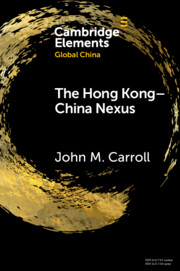
The Hong Kong-China Nexus
- A Brief History
-
- Published online:
- 23 March 2022
- Print publication:
- 05 May 2022
-
- Element
- Export citation
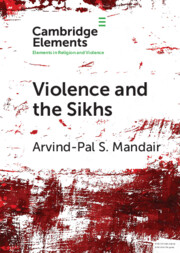
Violence and the Sikhs
-
- Published online:
- 22 March 2022
- Print publication:
- 21 April 2022
-
- Element
- Export citation
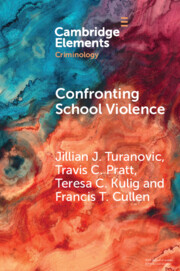
Confronting School Violence
- A Synthesis of Six Decades of Research
-
- Published online:
- 18 March 2022
- Print publication:
- 05 May 2022
-
- Element
- Export citation
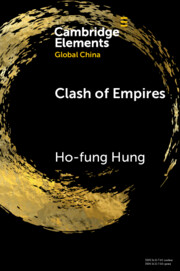
Clash of Empires
- From 'Chimerica' to the 'New Cold War'
-
- Published online:
- 18 March 2022
- Print publication:
- 05 May 2022
-
- Element
- Export citation
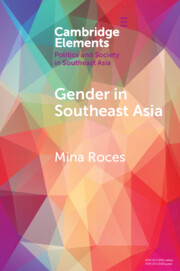
Gender in Southeast Asia
-
- Published online:
- 17 March 2022
- Print publication:
- 14 April 2022
-
- Element
- Export citation
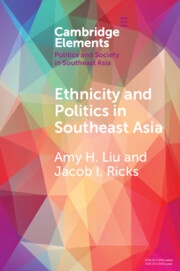
Ethnicity and Politics in Southeast Asia
-
- Published online:
- 17 March 2022
- Print publication:
- 05 May 2022
-
- Element
- Export citation

Philosophy of Developmental Biology
-
- Published online:
- 16 March 2022
- Print publication:
- 21 April 2022
-
- Element
-
- You have access
- Open access
- HTML
- Export citation
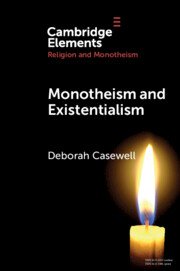
Monotheism and Existentialism
-
- Published online:
- 14 March 2022
- Print publication:
- 14 April 2022
-
- Element
- Export citation
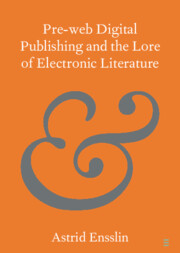
Pre-web Digital Publishing and the Lore of Electronic Literature
-
- Published online:
- 10 March 2022
- Print publication:
- 31 March 2022
-
- Element
- Export citation
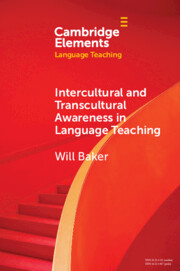
Intercultural and Transcultural Awareness in Language Teaching
-
- Published online:
- 10 March 2022
- Print publication:
- 07 April 2022
-
- Element
- Export citation
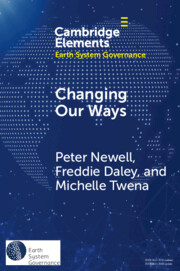
Changing Our Ways
- Behaviour Change and the Climate Crisis
-
- Published online:
- 10 March 2022
- Print publication:
- 31 March 2022
-
- Element
- Export citation
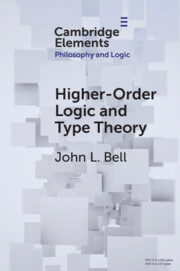
Higher-Order Logic and Type Theory
-
- Published online:
- 10 March 2022
- Print publication:
- 31 March 2022
-
- Element
- Export citation
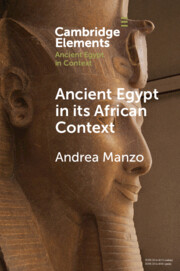
Ancient Egypt in its African Context
- Economic Networks, Social and Cultural Interactions
-
- Published online:
- 09 March 2022
- Print publication:
- 07 April 2022
-
- Element
- Export citation
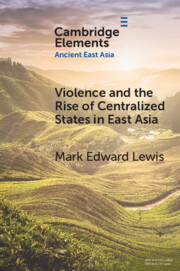
Violence and the Rise of Centralized States in East Asia
-
- Published online:
- 09 March 2022
- Print publication:
- 31 March 2022
-
- Element
- Export citation
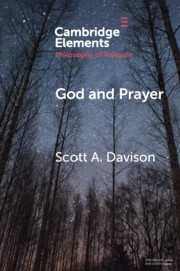
God and Prayer
-
- Published online:
- 08 March 2022
- Print publication:
- 07 April 2022
-
- Element
- Export citation
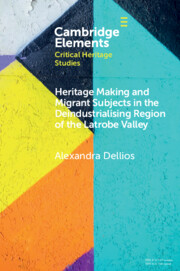
Heritage Making and Migrant Subjects in the Deindustrialising Region of the Latrobe Valley
-
- Published online:
- 07 March 2022
- Print publication:
- 31 March 2022
-
- Element
- Export citation
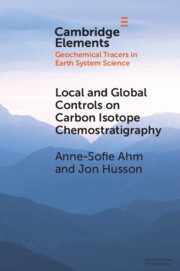
Local and Global Controls on Carbon Isotope Chemostratigraphy
-
- Published online:
- 07 March 2022
- Print publication:
- 31 March 2022
-
- Element
- Export citation
